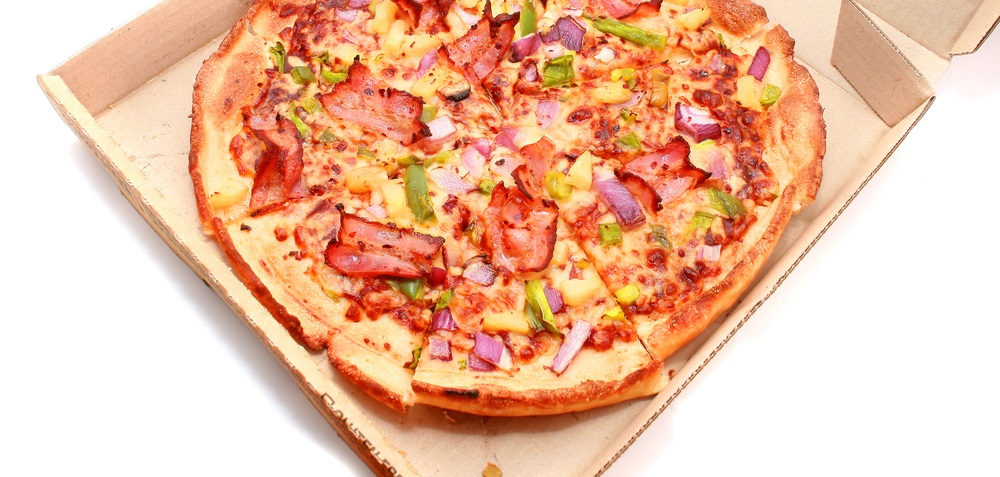If you want to know the most successful technology company in the stock market right now, it might just be…
A company that happens to make pizzas — Domino’s Pizza Inc. (NYSE: DPZ).
Don’t laugh. At first glance, there may not seem to be much of a connection. What does pepperoni have to do with programming, anyway? Plenty, it turns out, when you’re a 50-year-old pizza company with a product that ranked dead last in taste surveys as recently as 2010.
That’s when Domino’s came up with a digital strategy (and a new pizza recipe) aimed squarely at a demographic with millions of new pizza-eating consumers whose brand loyalties were up for grabs — millennials…
Millennials, as Profits Unlimited Editor Paul often notes, are “digital natives.” Calling a local pizza shack is old-school. Why not have one-click ordering for fresh delivery pizza, just like Amazon and Netflix?
On top of that, Domino’s noticed that digital orders were more profitable and came with higher customer satisfaction rankings — and its “Domino’s AnyWare” strategy was born.
Suddenly, customers could order not just via smartphone app or computer browser, but through their smart TV or smartwatch, or by text or tweet, or through their car’s infotainment system (and lately, by voice through Amazon Echo as well).
The effect built like a tidal wave on the company’s same-store sales, which are up by double-digit amounts since the pre-2010 days. In turn, earnings surged higher, from $1.45 a share in 2010 to the $5.77 per share expected by Wall Street analysts this year. And it goes without saying that Domino’s stock has been as hot as its pizza too. From a 2008 low of less than $3, the shares rose more than 6,000% — to almost $190 a share.
But the point here isn’t to buy shares of Domino’s. The point is to show the power of millennials as a consumer group. When a company really gets behind a strategy to appeal to this still-emerging class of consumers, clearly big things happen.
Indeed, according to Domino’s advertising partners, the company early on realized that they had a class of customers they called “pizza flirts” — people, the majority of them millennials, who liked to eat pizza but weren’t repeat fans of any one particular brand. But when a company “gets” its customers and builds a smart digital strategy around them, they develop loyalties that are highly valuable both now and in the future.
Kind regards,
Jeff L. Yastine
Editorial Director
